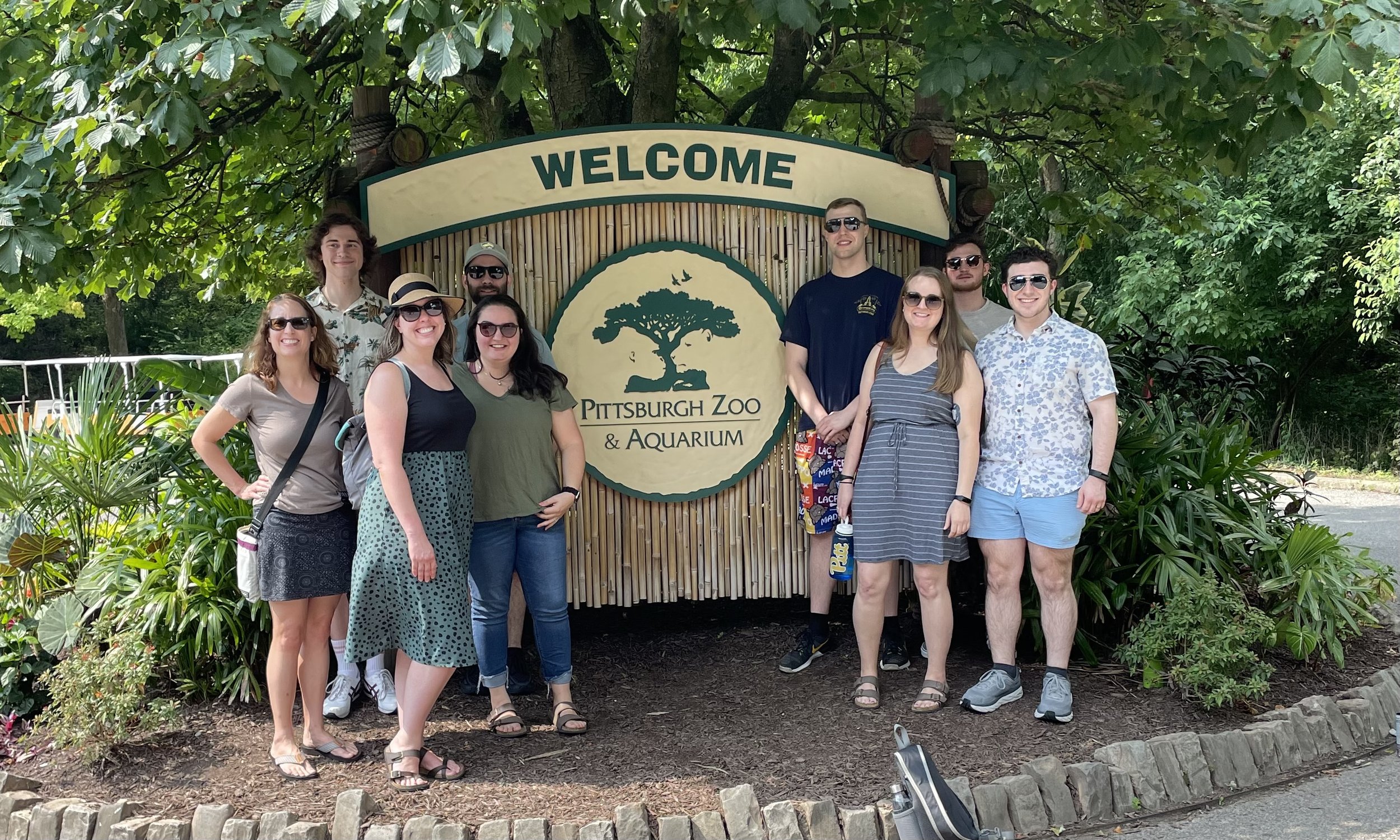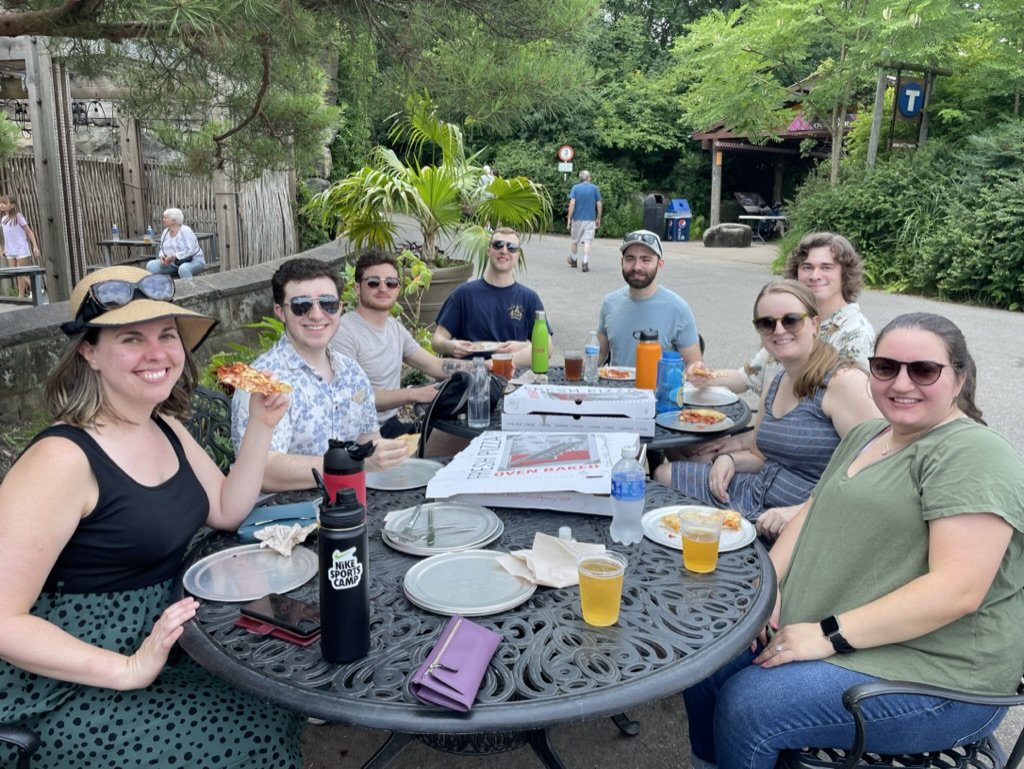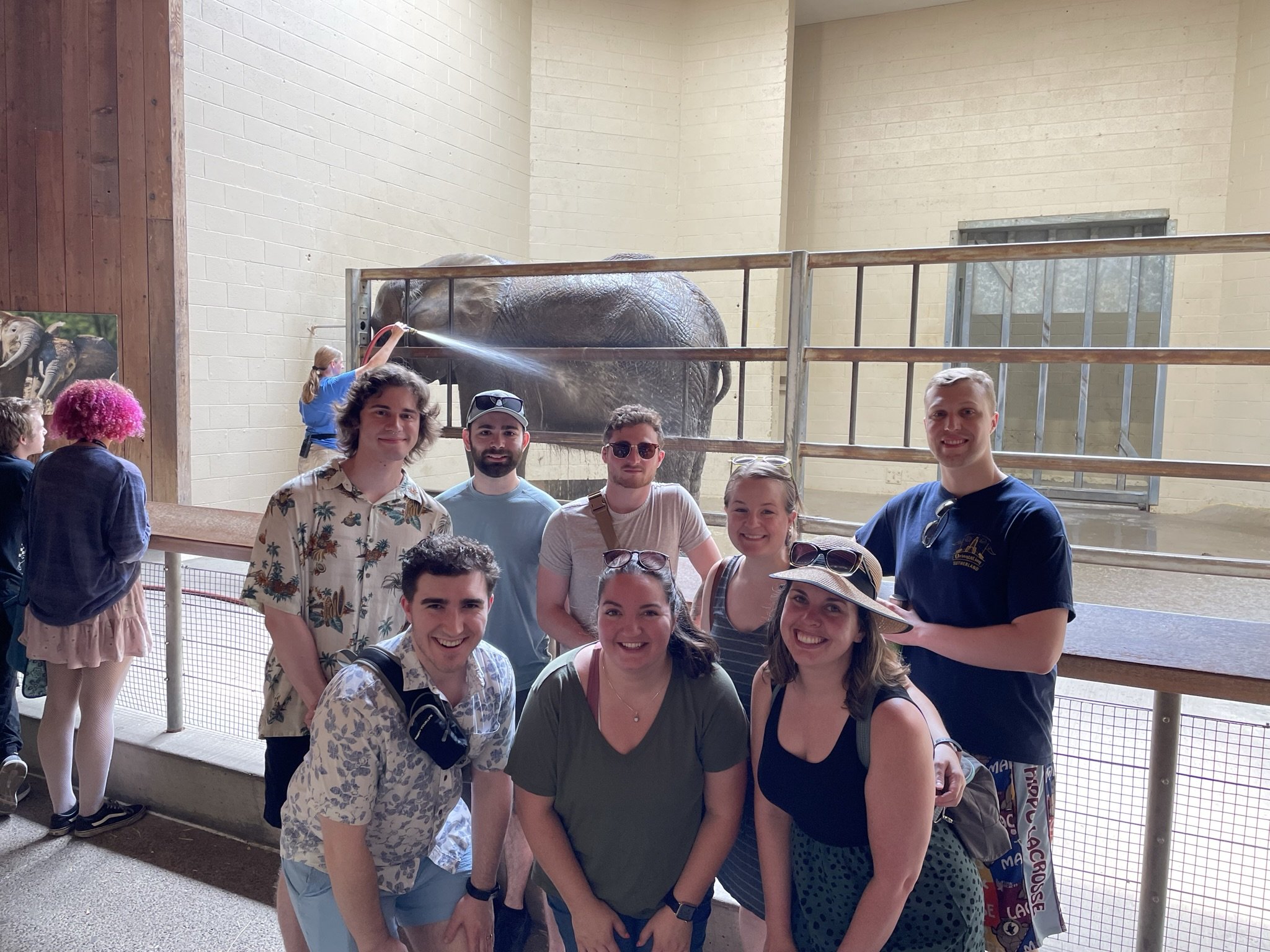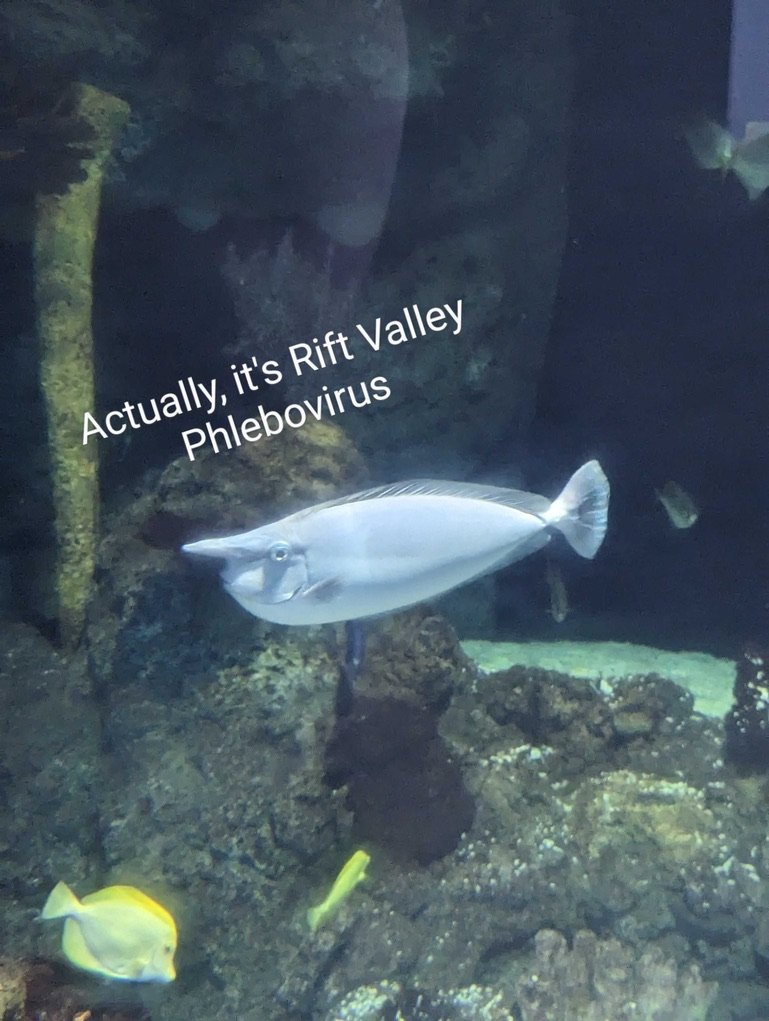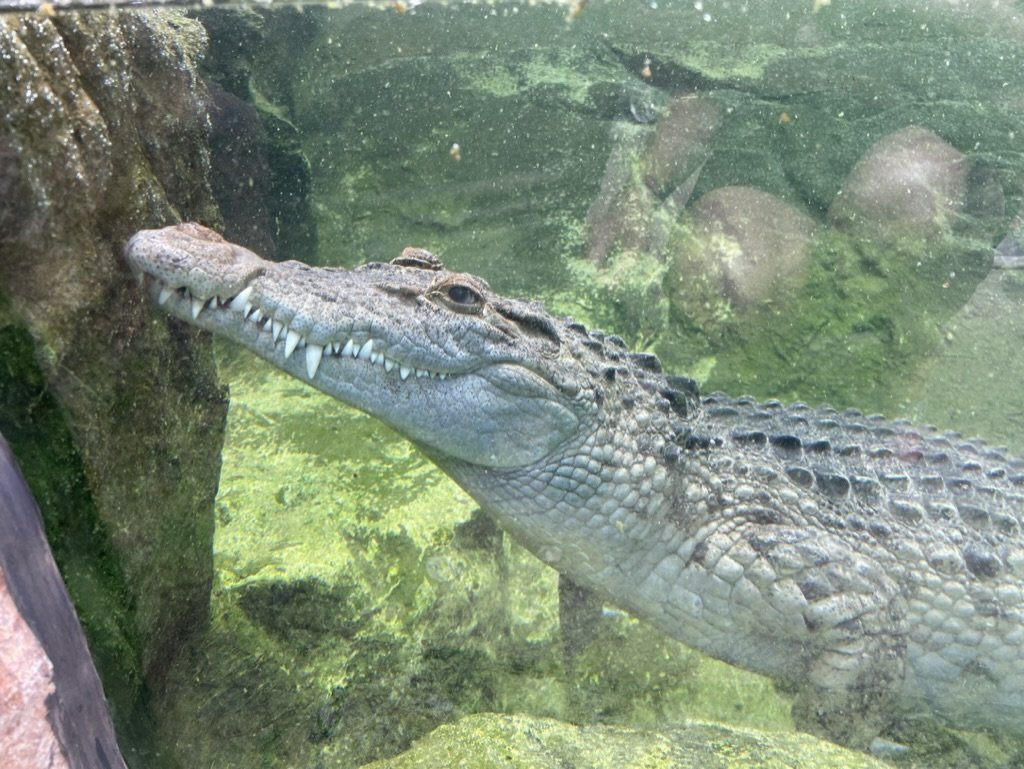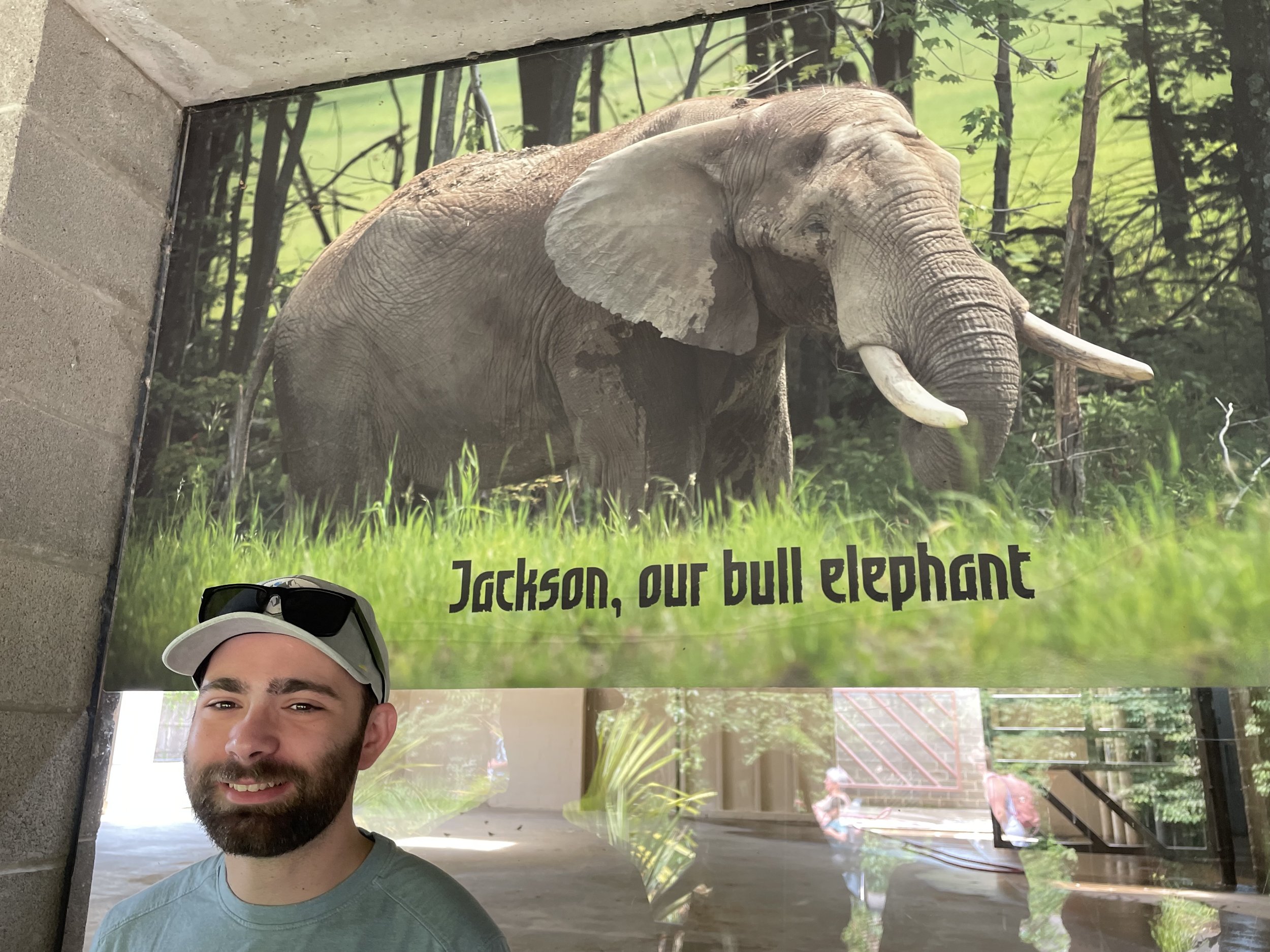We are excited to share the latest Lrp1 paper out of our lab in collaboration with the Amarasinghe and Leung labs at WashU in St. Louis. This is a huge collaborative effort with Safder Ganaie, Takeshi Egawa, and it is the final piece of work from the PhD thesis of Maddy Schwarz.
The low-density lipoprotein receptor Lrp1 mediates efficient cellular infection by the emerging prototype bunyavirus Rift Valley Fever virus. A major unanswered question from our previous work is the biologic relevance of this interaction in vivo.
Unfortunately, we can’t make an Lrp1 KO mouse because they are not viable. So Safder Ganaie and Takeshi Egawa worked with Mike White and Xiaoxia Cui at the WUSM Transgenic, Knockout and Micro-Injection Core. They generated mice with floxed Lrp1 alleles (Lrp1f/f) and crossed them to mice expressing Cre recombinase under the albumin promotor (Alb-Cre).
Voila! These mice are knockout (KO) for Lrp1 only in cells that express albumin (hepatocytes). These are liver-specific Lrp1 KO mice. But what is the significance of the liver in RVFV infection?
RVFV is a promiscuous virus that can infect a wide range of cell types. Mice are SUPER susceptible to lethal disease and die within 3-5 days after infection with low doses of RVFV. Virus is found in many tissues, but the liver generally contains the most virus and contributes to early hepatic disease and death.
So it made sense to examine the role of Lrp1 in the liver and determine its biological significance.
We infected liver Lrp1 KO mice with RVFV by footpad injection. We compared virus spread and lethality to a control group of mice that had intact liver Lrp1. We found that the liver Lrp1 KO mice remarkably survived past the 3-5 day window of lethal hepatic disease! However, the mice eventually succumbed to neurological disease due to extensive viral replication in the brain where Lrp1 remained intact.
Equally remarkably, the livers of Lrp1 KO mice contained basically no infectious virus. Control mice had titers of 10,000 – 100,000 pfu. Without Lrp1 in hepatocytes, RVFV was unable to replicate in the liver!
Interestingly though, dissemination and replication in other tissues (spleen, lung, heart) was unaffected by lack of Lrp1 in the liver. It has been assumed that high levels of RVFV replication in the liver seeds replication in other tissues, but our data suggest that this is not the case.
Our main conclusions are:
1) Lrp1 is required for lethal hepatic RVF disease in mice.
2) Other LDLR family members are unable to compensate for lack of Lrp1.
3) Lack of Lrp1 in hepatocytes does not affect dissemination to other organs and tissues.
This was a really fun study to do and a collaborative project across Amarasinghe, Leung, and Hartman labs. Huge shoutout to @GanaieSafder for initiating this work and for continued efforts on this project with us!




